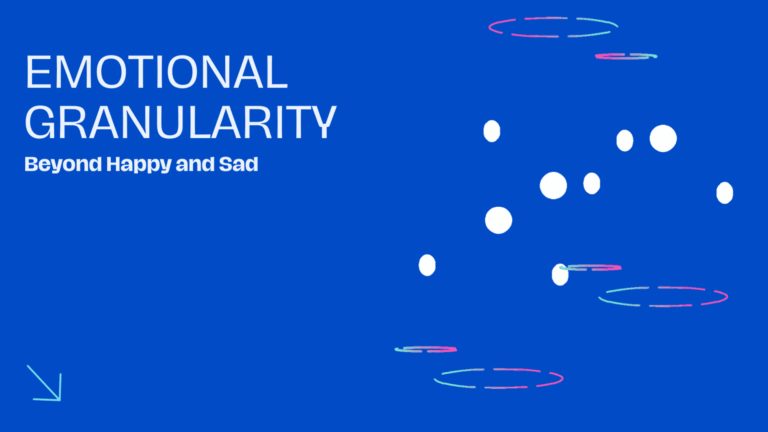They are successful therapies to date. Acceptance and commitment therapy helps people to embrace their feelings and thoughts. Rather than Struggling, dodging, or fighting away from them. ACT is always mixed with a lot of mindfulness-based therapies. It is also sometimes confused with Mindfulness-Based Cognitive Therapy (MBCT). ACT has a clinical underpinning medical condition. Anxiety, depression OCD, addiction, substance abuse all can benefit from it. As well as mindfulness-based cognitive therapy.
The Start Of Acceptance and Commitment Therapy
ACT started in 1984 when Steven C. Hayes wrote a paper called “Making Sense of Spirituality. The paper looked at spirituality through the eyes of behavior analysis. Behavior Analysis is from there ACT is branched & evolved.ACT has a base on psychological flexibility. of course, it is a form of behavioral therapy. Combines itself with mindfulness skills and also the practice of accepting yourself. Commitment to what you want to do. while accepting yourself is the key here. Accepting thoughts and your feelings. Rather than avoiding your pain points and triggers, with ACT you face them head-on.
Can you imagine that you are so strong that you are embracing your negative emotions? As well as taking action on what is needed at that particular moment. Living your values while committing to action. That sounds profound. It is in practice too.
ACT emphasizes the question of “how can I live with my negative thoughts?” It asks, “How rather than suppressing or avoiding my negative feelings I can live with them ?” or “How to take action despite trying to change thoughts and unwanted emotions?” ACT says Manipulating is past accepting is the future.
So let’s look in detail at what is Acceptance and Commitment Therapy. After that, Different core processes in ACT.
Some of the definitions of ACT Are
First from the founder, Steven Hays “a psychological intervention based on modern behavioral psychology, including relational frame theory, that applies mindfulness and acceptance processes and commitment and behavioral change to the creation of psychological flexibility“
From Russ Harris
“it is the type of therapy that aims to help patients accept what is out of their control and commit instruct to actions that enrich their lives (Haris 2013).
Association Contextual Behavioral Science (ACBS) defines ACT as” a uniquely empirical-based psychological intervention that uses acceptance and mindfulness strategies together with commitment and behavior change strategies to increase psychological flexibility”
The core a CPS believes is that suffering is a natural and inevitable condition for everyone. We always have this instinctive behavior to try and control our experiences but our basic instincts do not always serve us.
Russ Harris also put this in a less clinical term ” mindfulness-based behavioral therapy that challenges the ground value rule of most Western psychology”. According to Russ, the goal of a patient is to create a rich and meaningful life.
I have been working with ACT and Functional Contextualism for the last few years and I define ACT as. ” To develop the skills of mindfulness & psychological flexibility so that the pain and suffering can exist but doesn’t interfere with our actions”
The Core Processes.
Let’s look at the six core processes. These six core processes make or form the framework or put along a hexaflex. It is a Hexaflex because it is a hexagon that is flexible. As a therapist, you are free to move from one core process to another as and when required inside of therapy. This doesn’t mean that you have to jump across every process.
Although you have to look at exactly is the core process that is required Right now. Above all, What will work in today’s session and stick with that part of the core process. Sometimes you may see that one core process is not very helpful and you may have to change. The core process in the middle of therapy is shifted sometimes. With practice, even therapists will know when and how to get across at a particular core process and stick to it throughout the session.
The six core processes 1) Acceptance 2) Cognitive diffusion 3) Being present 4) Self as a Context 5) values 6) Committed Action.
Acceptance
I’m sure you must have heard about acceptance a lot. As soon as anyone says acceptance, the mind dwells holistic & Buddhist sort of approach. However, ACT defines acceptance as an effort. Effort so that we can think differently from our instinctive avoidance of negative thoughts. And different from Avoiding potentially negative experiences.
Rather than trying to run away from unpleasant experiences, you take them head-on. Accept them without trying to change them or pushing them away. Acceptance is not the goal of ACT. It is a method of encouraging actions that will lead to positive change.
Cognitive Diffusion.
This sounds complicated. This simply means that what we do as an individual when we react to our thoughts and feelings. The fog is there right in front of our eyes and we are not able to see our next action. We defuse our negative experiences with our actions. It paralyzes us from taking any action and we are not able to see things. Diffusion does not mean that we avoid the feeling, but rather we are with the feeling. we don’t ignore them but we are along with them and still take the action that is required. It also doesn’t mean changing thoughts or disputing them.
Being in the Present.
That says it all. You must have read the power of now & this and that. Being in the present moment is the new throwaway line. ACT defines Being in the present moment as not just being or coming at the moment but rather not trying to predict or change the experience. It is very easy to be in the present moment when we are happy.
However, it is very difficult when our emotions are completely negative or something which we don’t want to experience. That is what getting back into where you are or in the present moment is challenging. It can be done with certain exercises of ACT.
Self As a Context.
We look at our self as we experience our emotions and our thoughts. Although, this concept takes us away from this concept of us. It diffuses with the idea of our experiences. It gives us an alternative to look at ourselves from the outside of ourselves and of our current experience. We are not only what happens to us we are the ones experiencing what happens to us.
Values.
At times we confuse values with goals. Values are not goals rather values are something that derives our goal. Keeps us motivated to move towards our goals. Even though we want to live by our values the many times we quit. Consciously or unconsciously get away from Values. In ACT values become a defining factor that moves towards our goals.
Commit to our actions.
This is the last vertex of the hex flex. This is where our long-term goals and our short-term goals are committed to our values. Behaviors that are rewarded and that can change our life. Knowing what type of behavior and awareness about this behavior can impact us.











